NBA
NBA: Jordan in Dallas: First the elephant – then success?
Three years after the free agency fiasco around DeAndre Jordan and the Dallas Mavericks, the center is still moving to Texas. For the Mavs this is a big coup – because DJ fits almost perfectly with the Guard duo of the future.
DeAndre Jordan and the Dallas Mavericks have a relationship like never before in the long history of the NBA. In a story about the two parties, this one elephant in the room must therefore be the subject of a compelling discussion – at least in a nutshell.
So: In the Free Agency 2015, the Mavericks had already reached an oral agreement with Jordan. In the course of the moratorium, however, he regretted his decision and the Clippers smelled fuse. In a crazy circus, with emoji battles and barricaded houses, a recruiting team from L.A. actually convinced their buddy of their whereabouts.
The infamous and sad story of the Mavericks around their Free Agency efforts reached its climax, the future plans of the franchise were torpedoed for the time being. A season of mediocrity followed and two in the lottery, Jordan became an enemy of the state in his guest performances at the American Airlines Center and was also booed out in the 2017/18 season.
Three years later, at least those responsible have forgotten all this and started a new, successful attempt: DJ will come and should be the long-awaited solution on the center position. Hard-boiled Mavs fans may not like this, but if they take a closer look at the circumstances of the deal, they will also forgive Jordan.
You can see it that way if you mean it very nicely: If DJ had come then, the Mavs wouldn’t have been so bad and wouldn’t have Dennis Smith and especially Luka Doncic in the squad for the future.
On top of that, the soon to be 30-year-old will apologize for his behavior during his inaugural PK – and then at the latest you should ignore the elephant in the room and ask yourself: Why did the Mavs really want the athlete again? Because there are good reasons for this.
Owner Mark Cuban told The Athletic: “Jordan will show how good Dennis Smith and Luka Doncic really are. That hits the nail on the head, because: An aggressive roll-man was missing from the Mavs in the past (Dirk only rolls into the zone in an emergency – one could say, because the way into the defense from there becomes too long). But this is exactly what is needed to emphasize Smith’s and now Doncic’s strengths.
Why Jordan is so valuable here can be described by the term “vertical spacing”: Not only shooters at the perimeter, but also players, who roll aggressively to the basket and by their danger there several defenders bind, provide for place and liberties for the fellow players.
Jordan is still one of the best in his field in this category. He generated a strong 1.25 points per Possession (PPP) last season as Roll-Man and 1.41 PPP as Cutter. Mostly he finishes without compromise, 212 times this happened by Dunk, only Clint Capela (213) came up with more pressure baskets – and he had with Chris Paul and James Harden the grandmasters of the hymn of praise in the squad.
Because of the Clippers’ injuries, Jordan mostly had Austin Rivers. This may also serve to explain why its overall efficiency has suffered somewhat in the accounts. He had previously led the league five times in a row in the field throwing quota, which was no longer the case with 64.5 percent. In addition to Paul, Blake Griffin was also handed over during the course of the season, which is why opposing defences focused more on the center.
With Smith and Doncic, Jordan can now run the pick and roll with two players who have completely different strengths in this. Smith with his athleticism and the drive to the basket punishes every hesitation of a defensive rotation, Doncic approaches the matter more deliberately, but thanks to the available space he can complete the matter himself in various ways – or with his for a 19-year-old absurd overview play the praise and punish a contracting defense with the pass to the triple line.
A lineup with him, Jordan and three shooters (who the Mavs always have up their sleeves) reveals possibilities that coach Rick Carlisle could only dream of in the past.
As the Mavericks may have noticed over the three years since the 2015 debacle, Jordan have become a more versatile player. His jumpshot from outside the zone will never be taken seriously again – but firstly his free-throw rate has improved significantly to 58 percent and secondly Jordan has become significantly calmer with the ball in his hand.
Especially in Griffin’s absence, he was the one coordinating attacks on the free-throw line with his back to the basket in the post or with his face to the basket. It wasn’t Plan A of Doc Rivers’ offense, but it worked in emergencies. This is important for the Mavs now, because Carlisle likes to use Horns moves, where his Bigs have to get a well timed handoff or a pin on the pear. Jordan has that in his repertoire.
Finally, the factor “Second Chance Points” must not go unmentioned: With 4.3 offensive boards Jordan also belongs to the top of the league here. That was the last thing the Mavs had done due to their lack of athleticism: Their offensive rebound rate of 18 percent was the worst in the league.
Of course, rebounding is also on Jordan’s agenda in the defense. The Mavs haven’t been as bad here lately, but they haven’t had an elite garbage collector like Jordan in the squad since Tyson Chandler. It is also promising here that Jordan has two stations with Smith and Doncic, which can quickly switch to transition.
Overall, Jordan is a good post defender and also an above-average Roll-Man defender. Like almost every big one of his body measurements, he has problems with the popular switch against guards, but he is not a walking mismatch for opponents.
The Mavs swim against the current anyway and like to defend pick-and-rolls traditionally – which has to do with Dirk, but also with the fact that guards like J.J. Barea, Smith or Yogi Ferrell are not necessarily suitable for switches. We’ll see about Doncic.
The (re)aggressive campaigning of the Mavericks around Jordan is more than understandable in view of these factors. But it remains to be seen how long the cooperation will last. The terms of the deal were quite surprising: Jordan signed for a year and $24.1 million.
Previously, it seemed to amount to two other options: Either Jordan would pull his player option (which would also have been $24.1 million) from the clips and move to Dallas by trade before the start of the Free Agency. Or he’d back out and then negotiate a new, long-term deal.
Now there is this middle way, Jordan will be Unrestricted Free Agent again in 2019. For him it has the advantage that then many more teams will have much more cap space than now, which is why there will probably be several offers. It could be his last chance for a highly remunerated four-year contract – if the market for aging bigs does experience another upswing.
The Mavs, however, do not only have disadvantages: This one season, they can evaluate whether their plan works with DJ as an anchor and whether he harmonizes with the two guards of the future. If so, they can bid in 2019; if it doesn’t fit against expectations, DJ just moves on.
Of course there is also the stupid case: Jordan hits Dallas, the Mavs want to hold him and he leaves anyway. But even in this scenario there are positive aspects à la Cuban: Jordan would have proven what Smith and Doncic really can do. That alone is worth a lot.


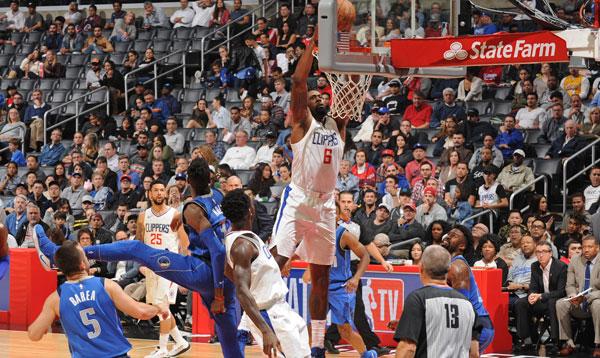
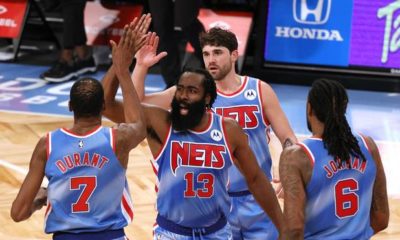
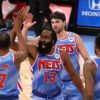
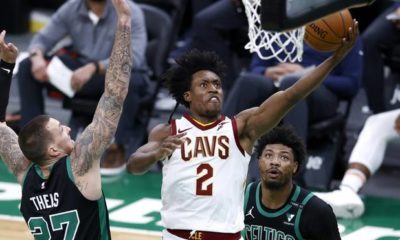
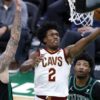
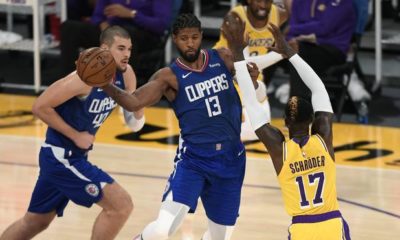

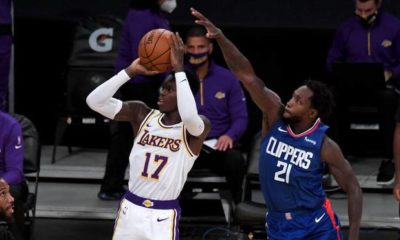

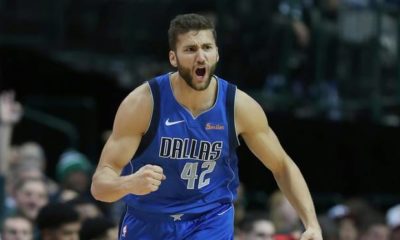
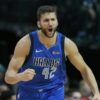





You must be logged in to post a comment Login